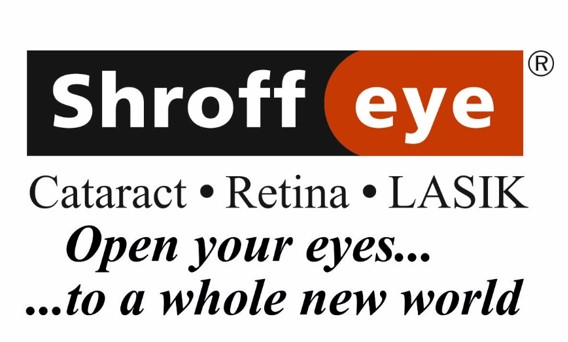Shroff Eye Hospital is India's First Eye Hospital accredited by the Joint Commission International (USA) since 2006. Shroff Eye is also India's first and only Wavelight Concerto 500 Hz LASIK center. Shroff Eye has stood for excellence in eye care since 1919. A firm commitment to quality is at the heart of all services provided at our centers at Bandra(W) and Marine Drive, Mumbai.
It is one of the most common problems for which a patient seeks an Oculoplastic consult.
Why do eyes water?
Our bodies produce tears to keep our eyes lubricated, and clean. But when the body produces too many tears, or tear drainage is affected, the result is excessively watery eyes.
Causes may be numerous, including:
- Overproduction: here the tear volume overwhelms the outflow capacity leading to an overflow. It is usually due to irritation/ inflammation of the surface of the eye or eyelid margin. (Blepharitis/ foreign body in the eye/ conjunctivitis/ dry eyes)
- Under drainage: tears normally flow from the eyes into the nose through small tubes in the corners of the eye. Any blockage in the tear outflow path will lead to watering. (Punctual stenosis/ ectropion/ canaliculitis/ nasolacrimal duct obstruction/ nasal pathology to name a few)
Are watery eyes harmful for my eyes or eyesight?
While not necessarily harmful, watery eyes can be troublesome and irritating. Repeated mopping the eyes can increase the risk of infection. As the eyes are brimming with tears, the vision is like looking through a drop of water.
Can watery eyes be treated?
Thankfully, they can often be treated quickly and effectively.
However, the actual treatment is not in treating the symptoms but treating the underlying in order to appropriately manage the condition. Depending on the nature of symptoms, Dr Shah may perform a variety of tests to arrive at a diagnosis, and then discuss the appropriate management options, which
can range from simple eyedrops and cleaning to surgery.
What is syringing?
This is a test to access the point of blockage in the tear outflow system. Numbing drops are applied to the eyes. Opening of the tear ducts, present in the inner corner of the eyelids may need to be widened. Then using an instrument, salty water is flushed into the tear ducts and the doctor asks the patient if they can feel the water come down the back of the nose/ into the throat. Although this procedure may look or sound alarming, it is usually very well tolerated by patients. Some patients may even experience some relief in their symptoms, however it should be kept in mind that this is only intended as a test to
aid in the diagnosis and is NOT A TREATMENT.
What is DCR/ Dacryocystorhinostomy?
Once it is established that there is blockage at or below the level of lacrimal sac, this surgery may be recommended. The aim of the surgery is to create a bypass for tears to flow from the corner of the eyes into the nose. The procedure involves removing a thin paper like bone separating the sac and the nose
and constructing a channel between them to allow the passage of tears. This may be done by approaching through the nose (endonasal DCR) or through the skin (external DCR). Depending on the case Dr Shah may decide to put a silicon tube in the newly created passage. It loops between the corner of the eye and the inner side of the nose and is barely noticeable. It is usually removed at 6 weeks in the clinic, in a process similar to removing stitches.
What is the difference between External DCR and Endonasal DCR? What is scarless surgery?
Both these refer to the same procedure but with different approaches. In External DCR, the approach is from the skin, and hence involves a small cut (about 1cm) on the skin between the eye and the nose.
This usually heals well with minimal scarring which is barely discernible or easily camouflaged with a little makeup.
In Endonasal DCR, the approach is from inside the nose using specialised endoscopic equipment. The scar is not visible and hence the term Scarless Surgery. It is also known to have a faster recovery time. Although usually either surgery may be done, and the choice rests with the patient, Dr Sneha Shah may recommend one over the other depending on examination and patient needs.






